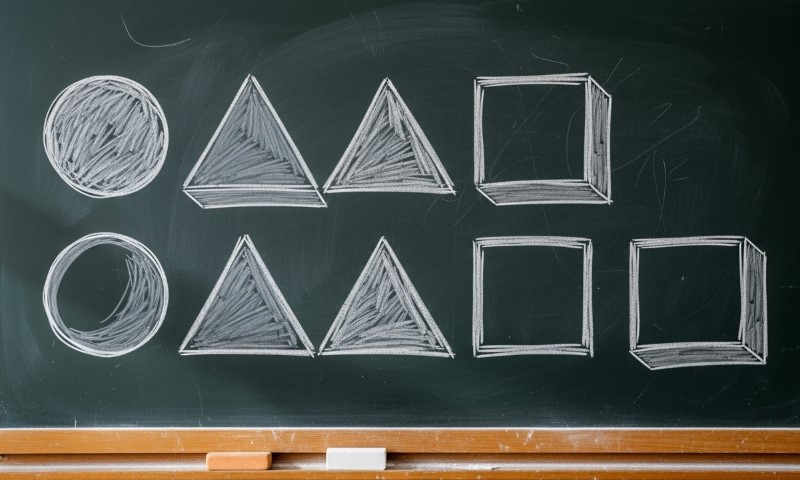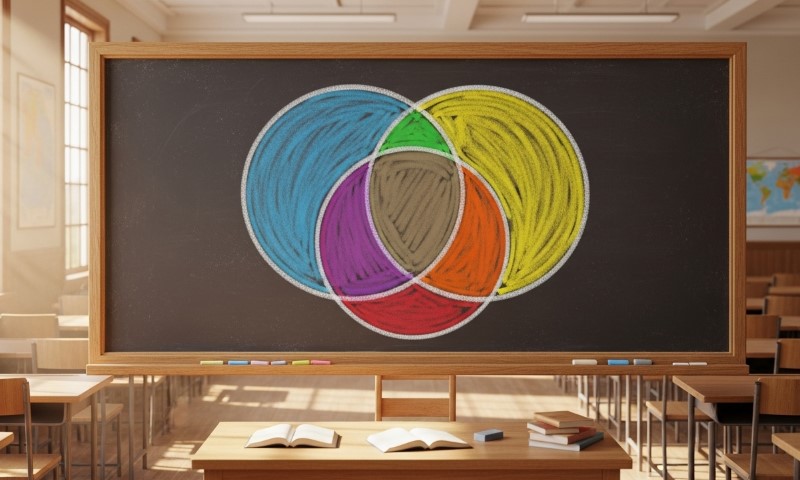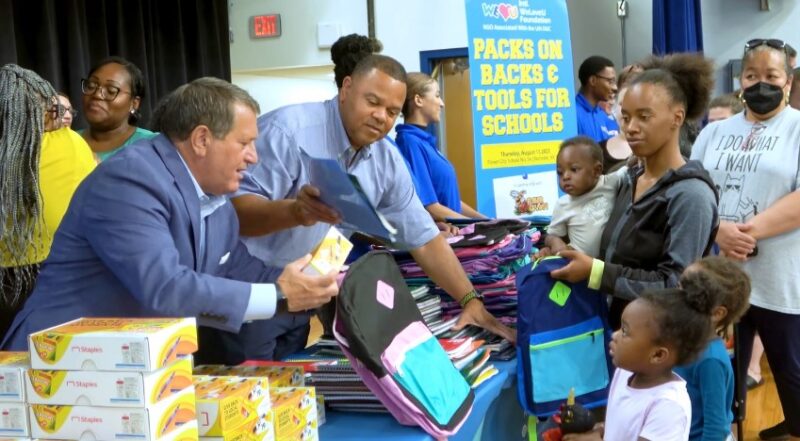
Share Post:
Let’s cut to it: community donations can dramatically improve learning conditions, plain and simple.
We’re not just talking about shiny new computers or fancy sports equipment, though those are great. We’re talking about warmth in winter, quiet places to study, chairs that don’t wobble like they’re auditioning for a stunt film, and supplies that don’t run out halfway through the month.
Every bit, from ten bucks tossed into a PTA fund to a local auto shop donating workbenches for a high school garage — adds up to something real.
Something that changes the way kids experience school. And often, it’s not about grandeur. It’s about giving students a space where they can focus, feel safe, and, dare I say, enjoy learning.
What Counts as a “Learning Condition”?
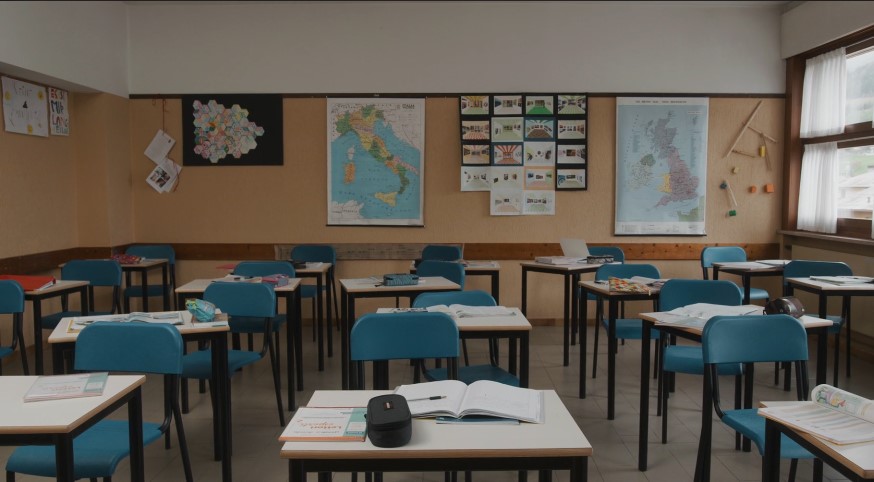
Let’s not overcomplicate it. Learning conditions are everything that surrounds a student while they’re trying to learn. The physical space, the materials they have access to, the vibe in the classroom, and even whether they had breakfast. It all plays a role.
Think about it this way — ever tried to diagnose a weird squeaking sound in your suspension while standing on gravel with a flashlight clenched between your teeth? That’s what learning can feel like for a kid who’s trying to solve equations in a room with broken lights, outdated textbooks, or a busted AC.
Here are just a few examples of what learning conditions involve:
- Furniture: Are the desks comfortable and functional? Or are they old enough to qualify for a pension?
- Supplies: Pens, notebooks, calculators, rulers. Small things that matter a lot when you don’t have them.
- Technology: Wi-Fi that works, tablets that aren’t crawling at 2 mph, projectors that aren’t yellow-tinted and buzzing like a dying fly.
- Space: Is the room overcrowded? Is there space to work in small groups, do labs, or just stretch a little?
- Environment: Heat in winter, air circulation, natural light — not to mention cleanliness and quiet.
All of these have a say in whether a student can sit down and focus. And too often, schools — especially in lower-income communities — are working with gear that should’ve been retired years ago.
Where Donations Make a Difference
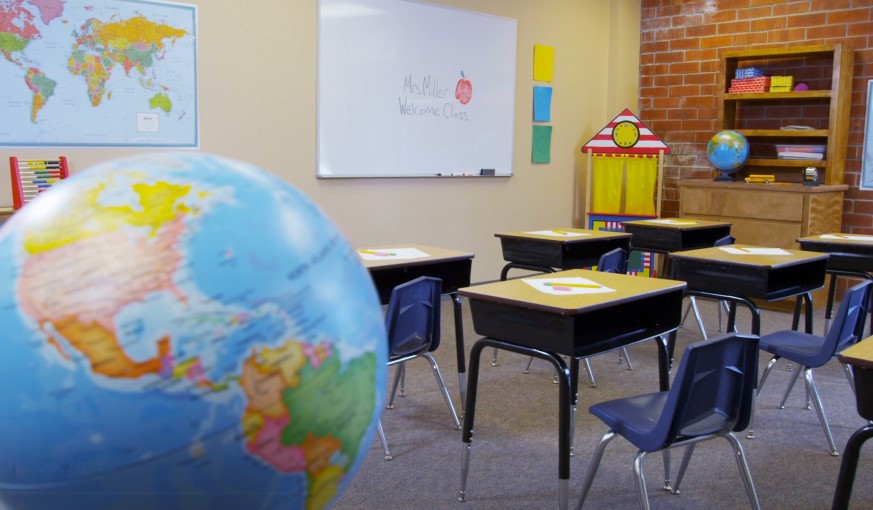
We’re not talking theory here. Donations — when well-targeted — can patch the holes fast. Sometimes, literally. Let’s talk about real, concrete ways people and businesses have made a difference in classrooms.
1. Classroom Supplies — Small, Immediate Wins
One of the quickest wins? Supplies. Teachers, bless them, are often footing the bill out of pocket when budgets run dry. That shouldn’t happen.
A simple community drive — even just collecting basics like:
- Notebooks
- Graph paper
- Pencils, pens, highlighters
- Art supplies (paint, brushes, glue sticks)
- Tissues and hand sanitizer
And it doesn’t need to be complicated. One local hardware store near my hometown runs a back-to-school bucket drive each August — fill a 5-gallon bucket with supplies, get a discount on your next purchase. They’ve filled over 600 buckets in four years. That’s impact.
And it’s not just notebooks and pens. Even overlooked items like a paper towel dispenser in a classroom or science lab can make a noticeable difference.
Try running a messy art project or cleaning up after a chemistry demo without one; it slows everything down, creates distractions, and adds extra stress. Little upgrades like that keep things flowing, literally and figuratively.
2. Equipment and Tools — Career Pathways Matter
Here’s where I get fired up: vocational programs. Shop class. Automotive tech. Welding. Woodworking.
You can’t teach engine diagnostics without an engine to tear apart. You can’t do precision metalwork on rusted-out machines. When local mechanics, dealerships, or manufacturers donate:
- Engines, transmissions, or frames for disassembly
- Workbenches or storage racks
- PPE like gloves and safety goggles
- Basic tools — torque wrenches, calipers, soldering irons
It opens the door for students who aren’t wired for desk jobs but would thrive rebuilding carburetors or welding clean beads.
I’ve seen kids light up over a half-stripped V6 on a stand, more excited than any AP textbook ever made them. It’s a whole different kind of intelligence. And it deserves the same level of support.
3. Tech Donations — Leveling the Digital Playing Field
Not every kid has a laptop at home. Not every school can afford to provide them. But with online assignments, coding classes, and remote learning becoming the norm, lacking basic tech is like showing up to a drag race in a pedal car.
Community businesses can donate:
- Refurbished laptops or tablets
- Printers and ink
- External hard drives for backup
- Wi-Fi hotspots for students in underserved areas
There’s a nonprofit organization near Minneapolis that retrofits business-grade laptops, wipes them clean, and hands them out, no cost, to school districts.
They’ve placed over 14,000 units so far. It’s a direct, measurable difference. And let’s not forget the side benefit: less e-waste.
It’s Not Always About the Money
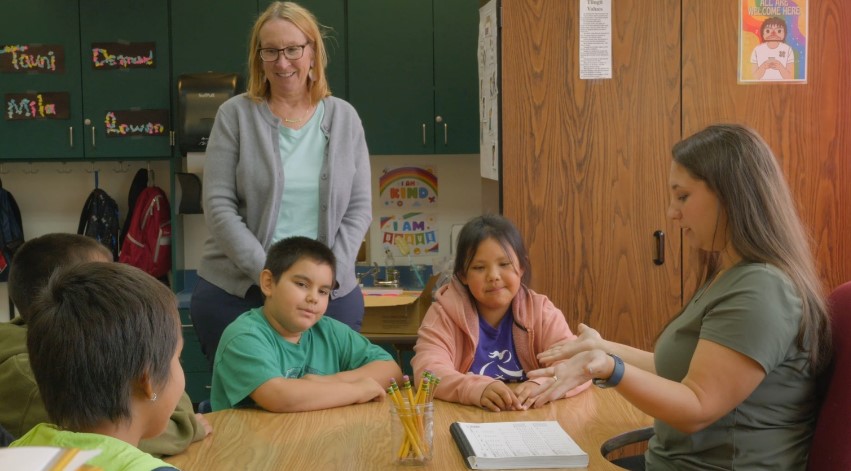
Money helps. No doubt about it. But donating time, space, or skills can be just as powerful. And a lot more personal.
1. Mentorship and Workshops
Say you’re a retired machinist, or a former shop teacher, or you just love wiring sound systems. You’d be shocked how much value you could bring to a local school for just a few hours a month. Volunteer to help coach a robotics team.
Offer to teach basic soldering. Come in and talk about what you do. Even sharing your work history — the good, the bad, the “don’t do what I did” — gives students a real-world angle they rarely get.
2. Community Spaces = Learning Spaces
Ever seen a school try to run a science fair in a hallway because there’s no other available space? Churches, libraries, community centers, even car showrooms (yep, seen it) have hosted learning events, parent nights, and student showcases.
If your space is unused after hours, offer it up. One local tire shop near me opens its garage on Saturdays for students to practice changing oil and doing inspections. They even hand out old brake pads for teardown practice.
3. Food and Comfort Matter Too
Maslow’s hierarchy, anyone? You can’t learn if you’re hungry. You can’t focus if your jacket’s too thin and the heater’s on the fritz.
Community gardens, food banks, weekend snack packs — all of these ease that burden. Warm clothing drives in colder states aren’t just nice gestures — they’re essential. A warm coat can mean the difference between attendance and truancy.
Real Examples: Small Donations, Big Results
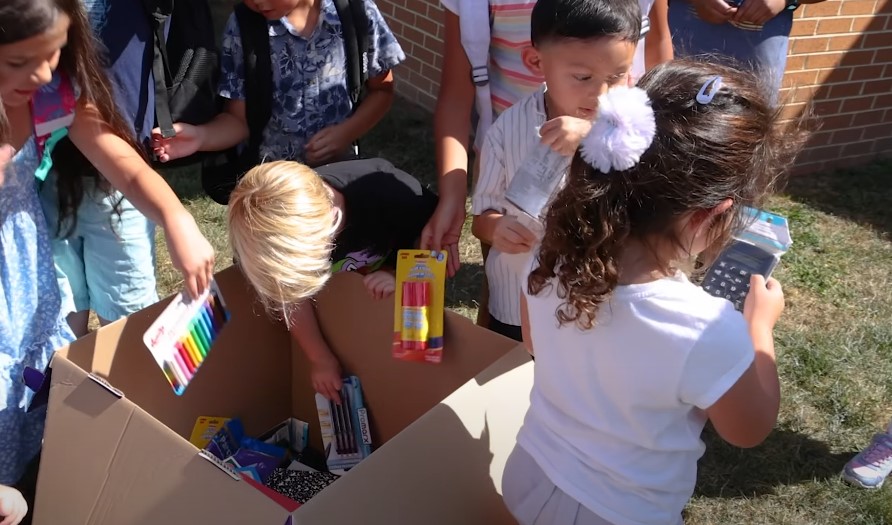
Let’s throw down a few quick snapshots. Nothing fancy, just facts.
| Community Effort | Impact |
| Local print shop donated unused copy paper | Covered student handouts for two semesters |
| The car club donated a classic engine | Auto tech students used it to prep for competition |
| PTA funded $300 worth of beanbag chairs | Reading scores jumped in one 3rd-grade classroom |
| High school alumni donated old but functional laptops | Closed the tech gap for 25 students |
| The neighborhood mom group ran a sock drive | Supplied every kid in school with fresh socks (and a little dignity) |
No sweeping federal policy. No million-dollar grant. Just regular people, noticing a need and stepping in.
So, What’s Holding It Back?
Honestly? Sometimes it’s just not knowing how to help. Or assuming it’s all taken care of. Or thinking a ten-dollar donation won’t matter.
But it does. Because when 50 people each throw in ten bucks, that’s $500 worth of copy paper, markers, or field trip gas money.
When one HVAC company donates time to fix the library’s busted vent, it means kids aren’t sweating through their algebra tests in August.
How You Can Help (Without Burning Out)
View this post on Instagram
A post shared by Highlands International School Monterrey (@highlandsmty)
Let’s say you’re in. You want to help. Great. Start here:
Ask What’s Needed
Call a school office. Ask the PTA. Many districts even have donation wish lists posted online now, like wedding registries, but with more glue sticks.
Give What You’ve Got
- Got a stash of unused notebooks from a bulk order? Donate them.
- Is your business upgrading its monitors? See if the old ones can be wiped and reused.
- Know how to fix bikes, or how to draw, or how to run a workshop on job interviews? Offer an hour of your time.
Encourage Others
Put a box out in your shop or workplace for school donations. Mention it to your book club. Heck, post about it on Instagram if that’s your style. When people see someone doing good, they’re more likely to join in.
Conclusion:
Helping students doesn’t have to be a giant operation. Community donations, in every shape and size, improve learning conditions in ways that can’t always be tracked by test scores, but can be felt in the room. In the energy.
In the way a kid sits up straighter when they finally get a working calculator or their own set of colored pencils.
You don’t need to fund a new wing. Just lend a hand, offer a tool, or share a Saturday. When communities pitch in, schools become more than buildings. They become launchpads. And every student — whether they’re future welders, teachers, coders, or mechanics — deserves that shot.
Related Posts:
- How can I make my 3rd-grade math fun? From Bored to Board!
- High-Paying Jobs You Can Get with a Math Degree in 2025
- Top 5 Ways Adults Can Brush Up on Core Math Skills in 2025
- Can Early Nutrition Affect Mental Development?
- Math Card Games You Can Play at Home
- Connectivism Learning Theory - How Kids Learn by…









